Huawei Mate 40 Pro
It’s been a rocky year for most, but few mobile manufacturers have felt it more than Huawei. The ban on the Chinese tech giant using Google Mobile Services on its phones has been relentless, but Huawei has persevered, launching the P40 Pro series in early 2020, as well as a host of accessories later in the year.
Huawei’s latest act of defiance, the Mate 40 Pro, is a treat. Combining a huge 6.76-inch screen, incredibly clear stereo speakers, a new Kirin 9000 chipset, it also debuts the world’s fastest wired and wireless charging. Huawei is pulling out all the stops with this flagship.
With no Google Play Store, it’s a given that despite everything it can do, many won’t even consider the Mate 40 Pro. That being said, in our time with the phone, it has delivered the best non-Google Huawei experience to date, so is it worth reconsidering Huawei?
Huawei Mate 40 Pro price and release
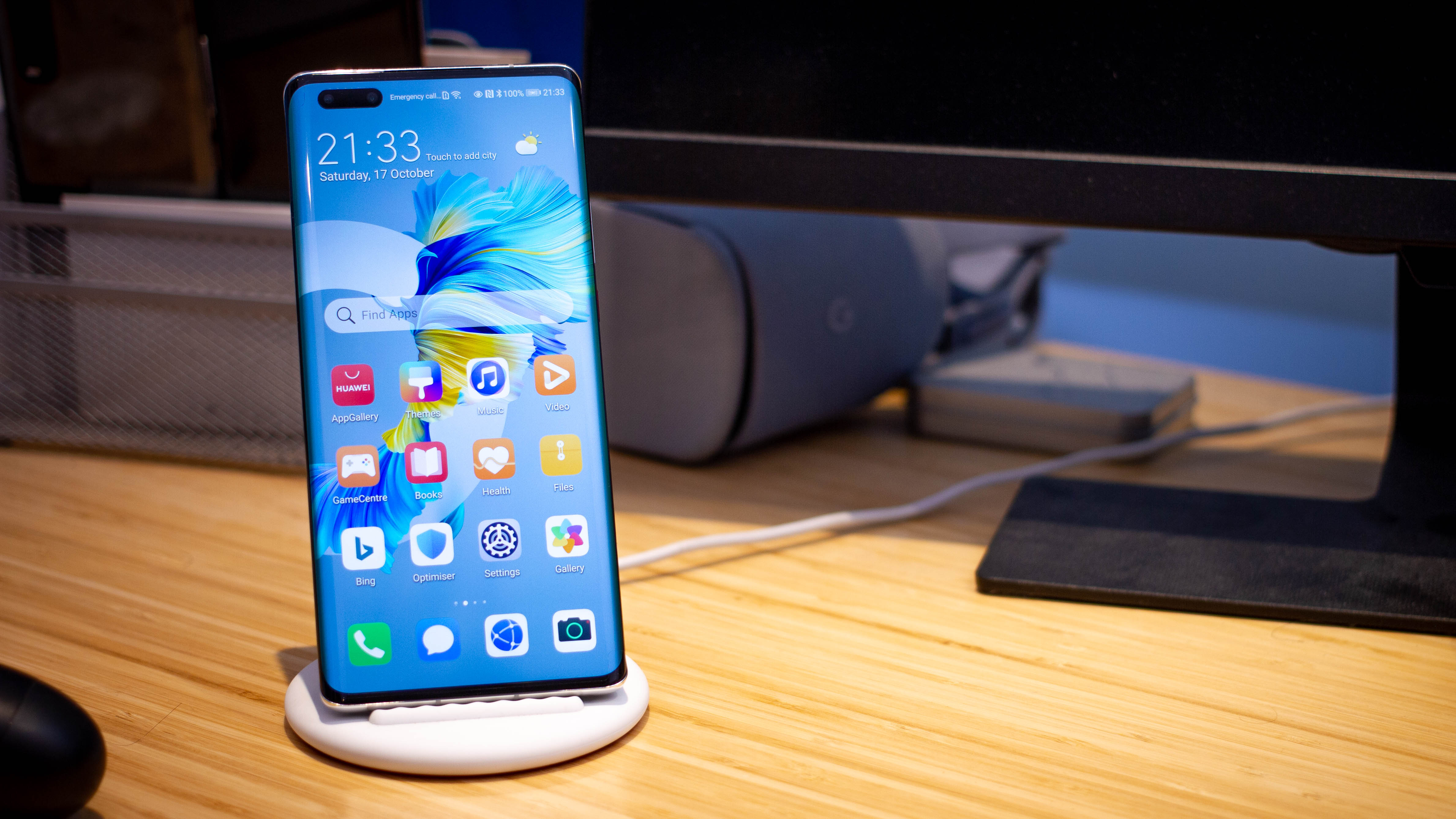
The Mate 40 Pro launched on the 22 October, 2020. While Huawei doesn’t seem to be relenting with its specs, the Mate 40 Pro was announced alongside the Mate 40 and Mate 40 Pro Plus, and the latter two don’t appear to be getting a global release. In turn, Huawei’s launch strategy might be seeing some changes.
Pricing for the Mate 40 Pro is unconfirmed as of yet, as too is regional availability, though we do know it will be available with 256GB storage and 8GB RAM, and is available in black, or an iridescent, pearlesque off-white.
Don't expect to be able to buy this phone in the US as the company often doesn't sell its devices there.
Design and display
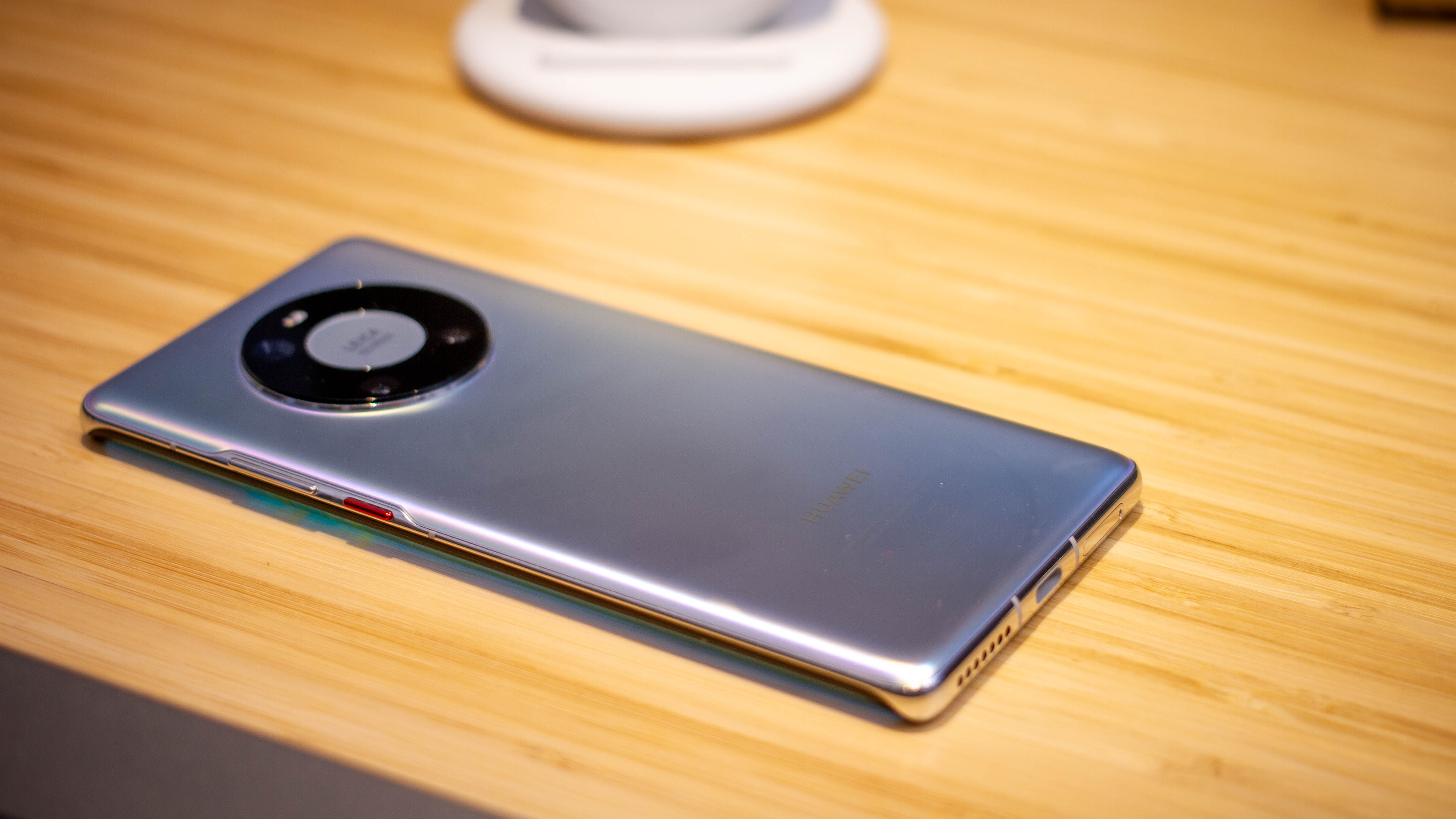
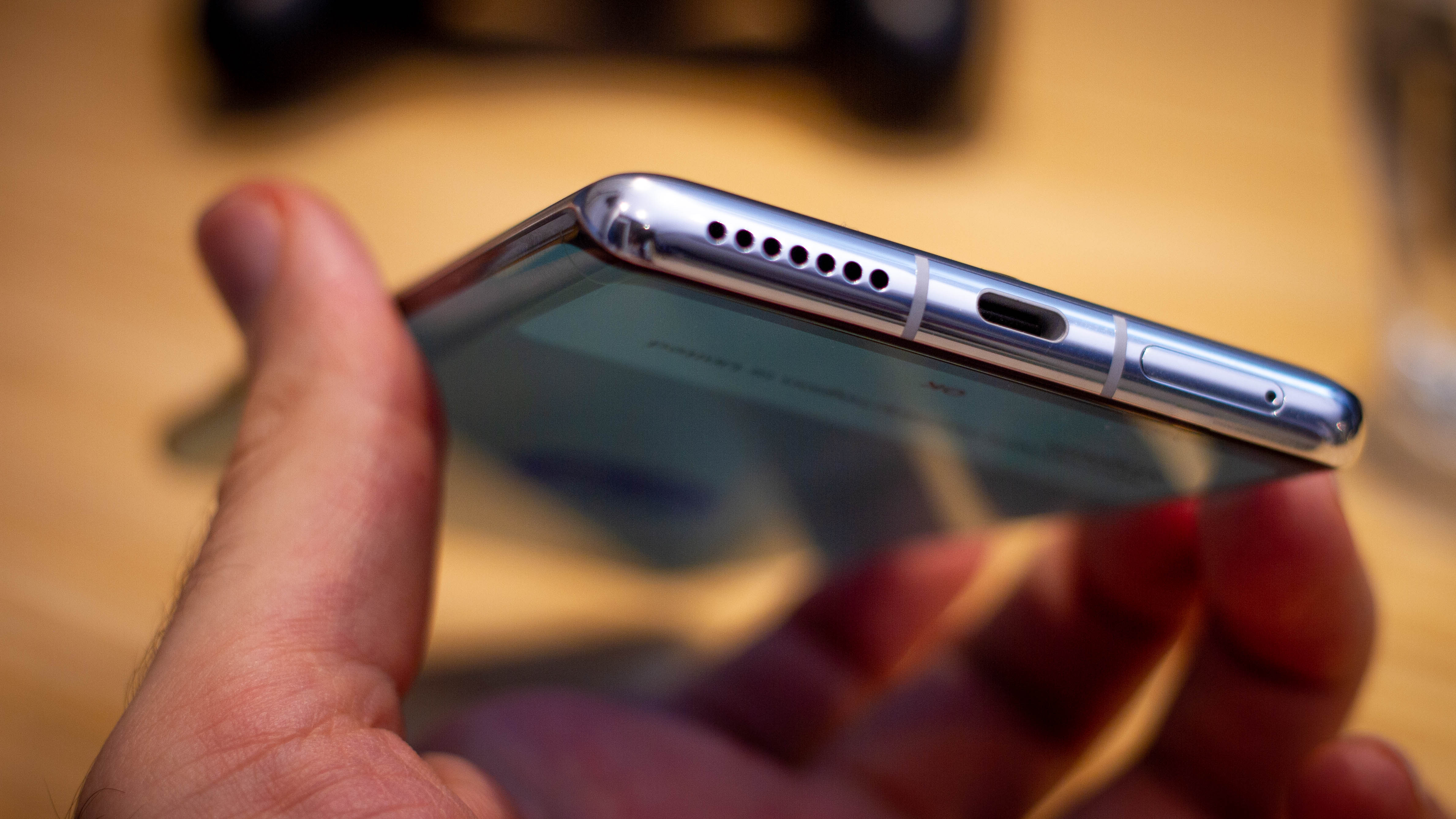
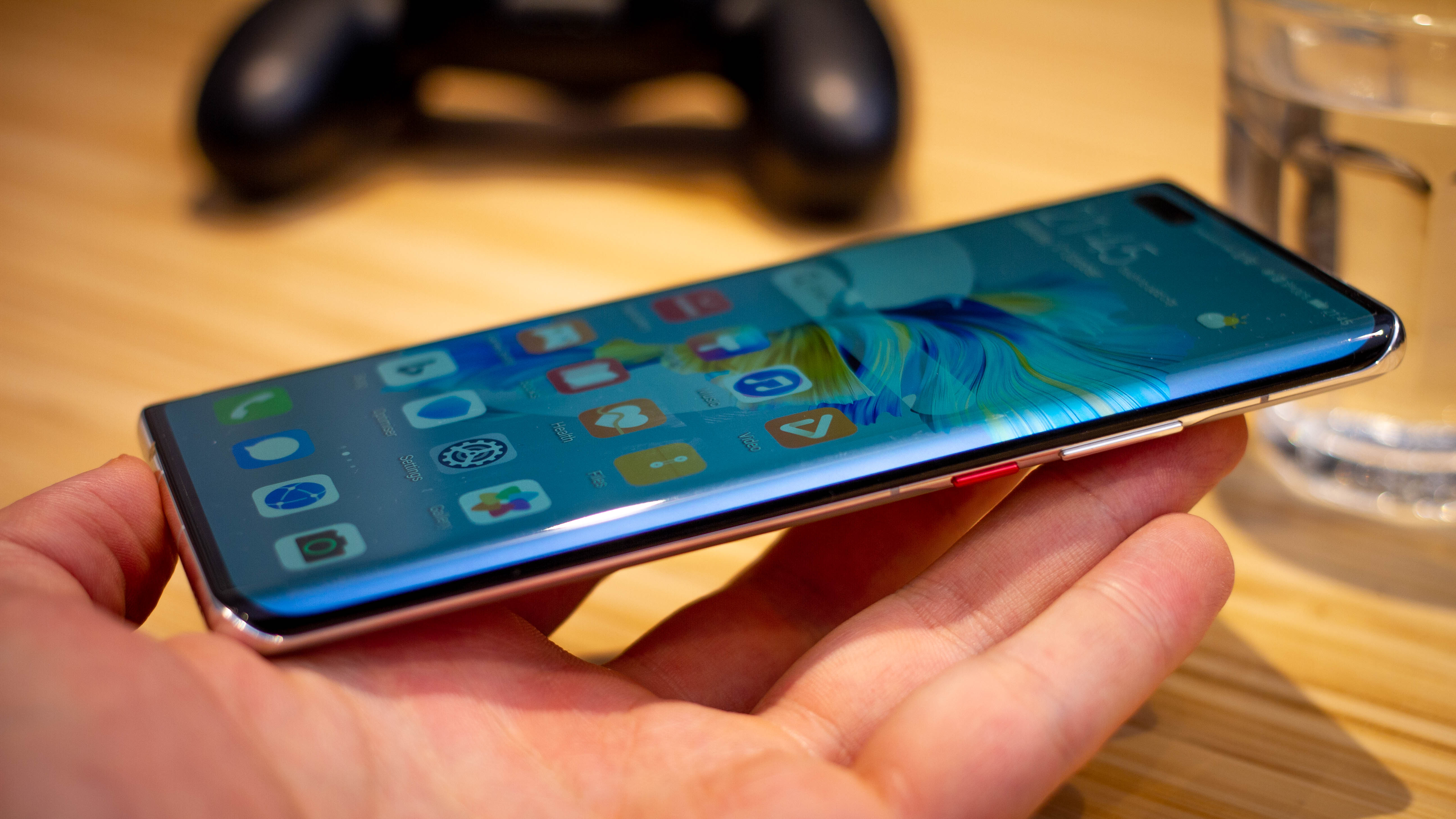
The Mate 40 Pro is big. At around the same size and weight as the Galaxy Note 20 Ultra 5G, it definitely makes a statement and is a bit of a departure from the slimline Mate 30 Pro. On the front, a large 19:9, 6.76-inch screen is the first thing that grabs your attention.
It sports an 88-degree curve on either side, which hides visible bezels to the left or right. There’s a dual-cutout selfie camera too, but the rest of the front is all screen.
With a resolution of 2774 x 1344, the Huawei Mate 40 Pro’s 90Hz OLED screen packs plenty of pixels, with a dots-per-inch of 456 PPI.
Initial impressions are very good - it gets bright, it looks crisp and while the extreme curve does pull up vignetting, the phone’s palm rejection is great.
Unlike last year’s Mate 30 Pro, Huawei the 2020 edition has volume buttons, and there are also new stereo speakers that sound seriously impressive. A USB-C port sits at the base alongside a SIM tray which takes a Nano Memory card, and around the back is a striking circular camera surround.
Cameras
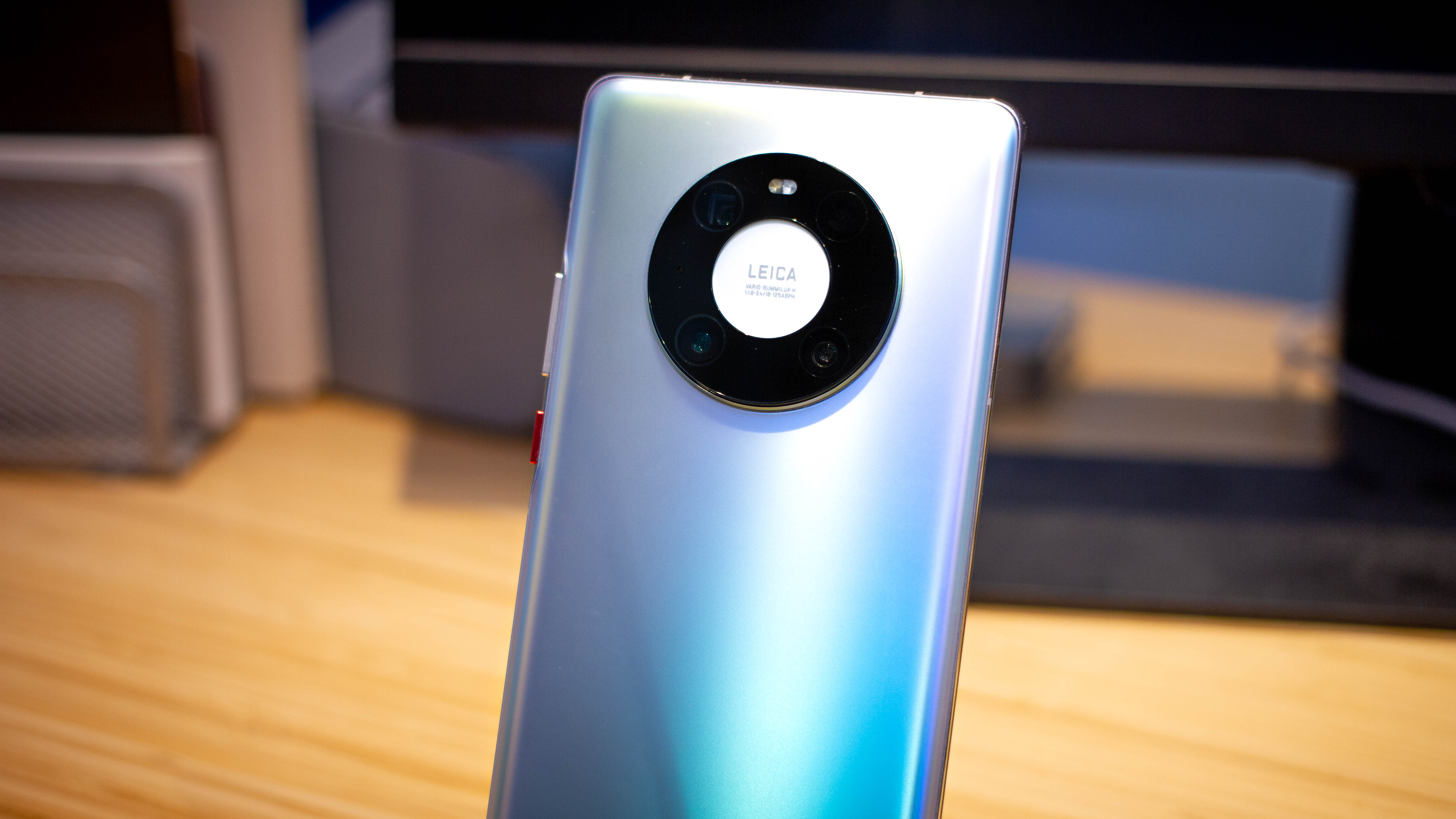
Huawei has brought back the P40 Pro’s main and telephoto cameras for a reprise on the Mate 40 Pro. The primary sensor features a huge 1/1.28 size combined with 50MP resolution and an RYYB (red, yellow, yellow, blue) sub-pixel formation. As for the telephoto camera, it’s a 12 MP, f/3.4 periscope system, which brings with it PDAF, OIS, and 5x optical zoom.
As for what’s actually new here, the Mate 40 Pro’s ultrawide camera gets an upgrade, with a wide-open, f/1.8 aperture, a new Ultra Vision cine camera, and an 18mm focal length. It’s used for video as well as ultrawide photos, and in turn, sports autofocus, complete with macro shooting - introduced in the Mate 20 Pro.
There’s no Galaxy S20 8K capture here, but video recording resolution climbs to 4K, 60fps, and Huawei’s latest flagship shoots video in DCI-P3 now, which Huawei claims captures 25% more color range than sRGB.
The Mate 40 Pro’s selfie camera’s also getting some of that Ultra Vision love, with the pill-shaped cutout consisting of one 3D depth-sensor and one main selfie camera. This uses the tried and tested method of cropping into an ultrawide to grab multiple fields of view, and seems to work well.
Huwaeisms
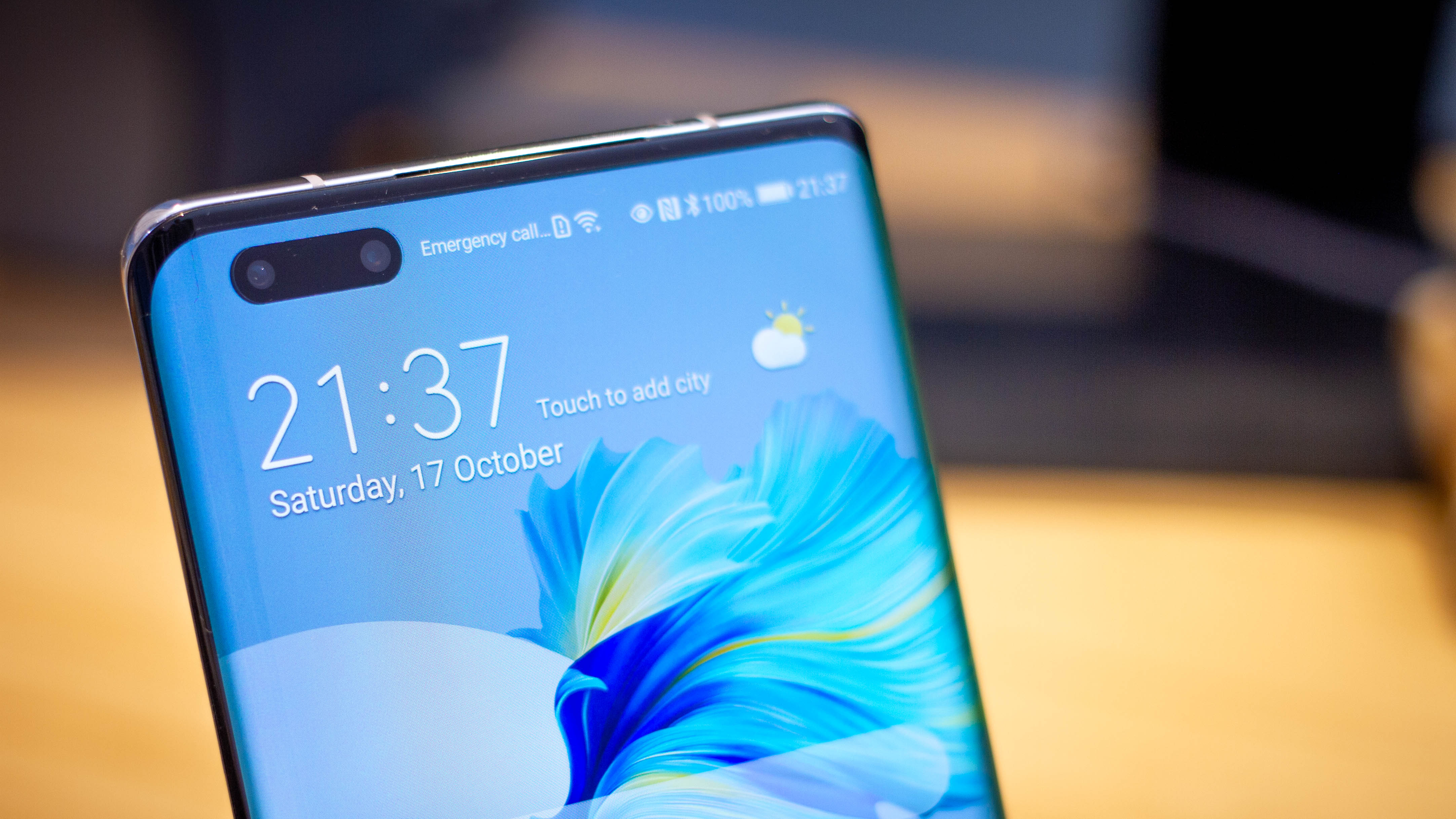
It wouldn’t be a Huawei phone without some quirky innovations, and the Mate 40 Pro doesn’t disappoint. For starters, there are new AI gestures, so you can control aspects of your phone with a hovering hand.
Scrolling up and down through web pages has been possible on Huawei phones for a while with a waft of your wrist, and now, left and right swipes/wafts have been added to the mix. Additionally, a press gesture now answers calls and plays and pauses music hands-free. We tried it, it works well, and out of all of the gestures, this strikes us as the most useful.
Huawei’s also introduced a new always-on display (AOD) system: EoD, or, Eyes on Display. This only fires up the always-on display when you’re looking at the phone, so your screen’s off 99 percent of the time.
This sounds cool, and works well if the phone is angled to face you - a glance fires up the screen in a flash. That said, if your Mate 40 Pro is on a surface, it’ll take some awkward neck cocking to pull up the time. Dip into the settings though, and you can easily revert back to the old-school actually AOD option.
Specs and battery
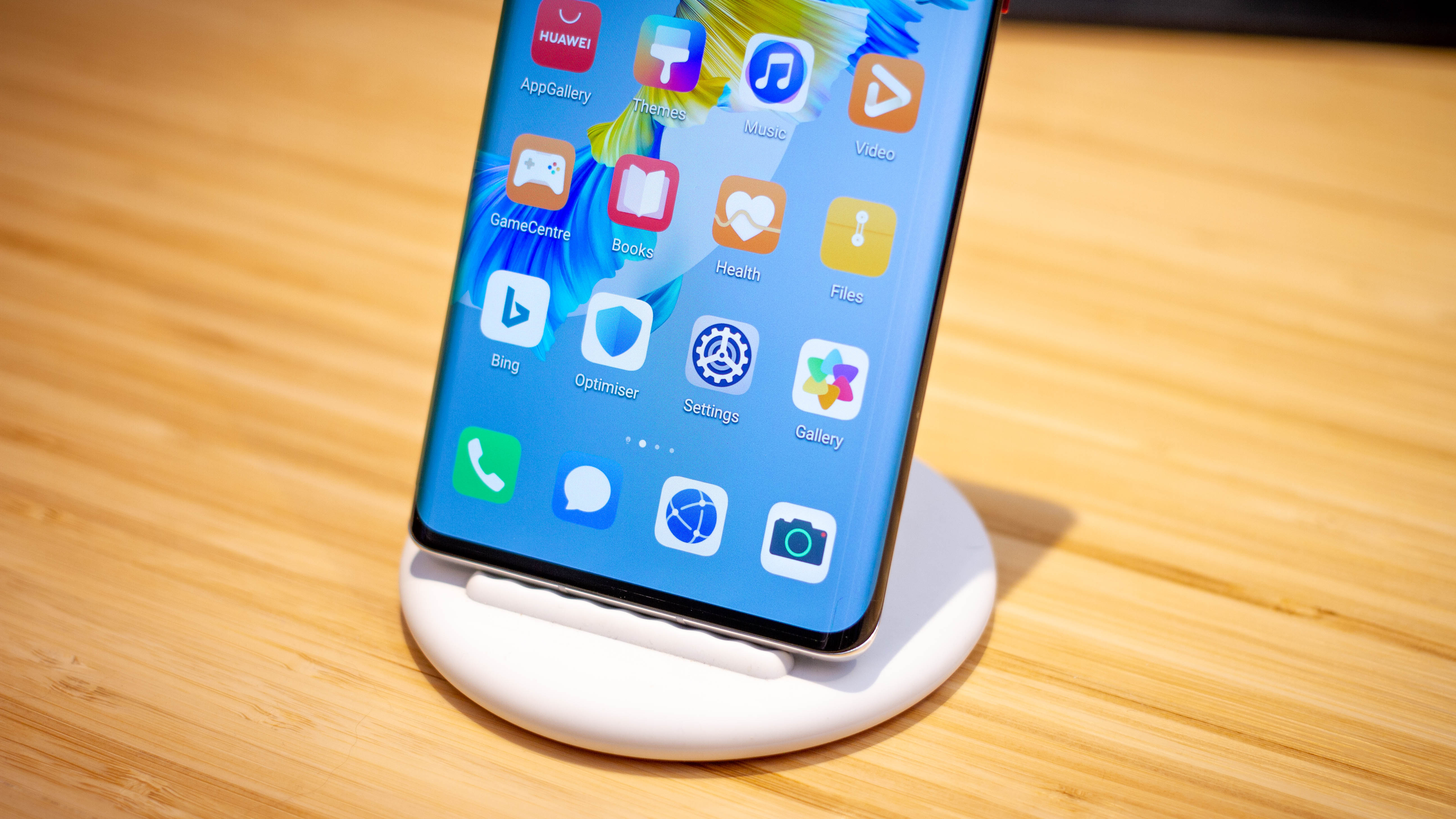
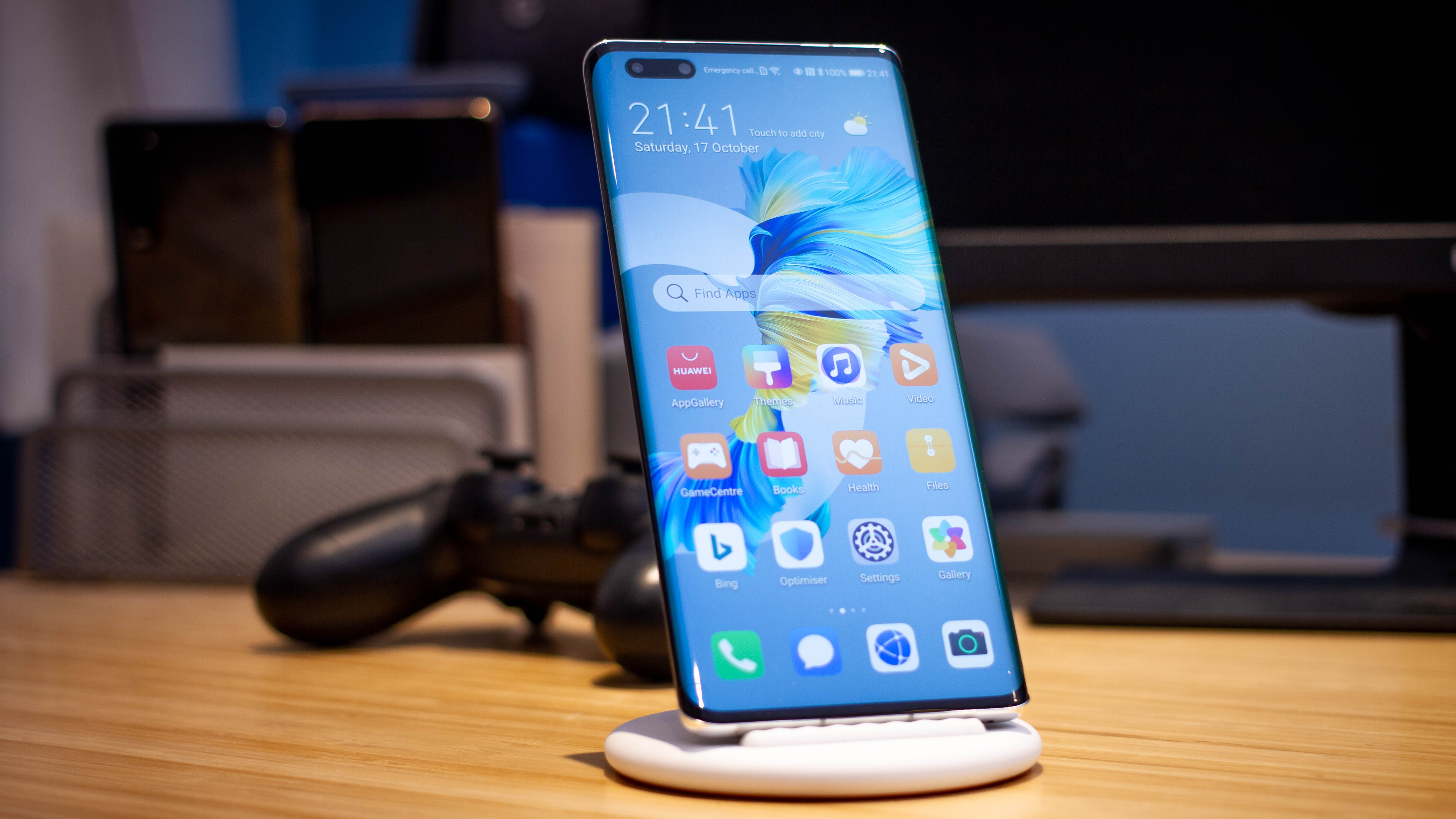
Huawei’s own chipset maker, HiSilcon, continues to power its flagship experiences, and the Kirin 9000 in the Mate 40 Pro is a beast. Despite just 8GB RAM (compared to the 12GB on much of the flagship competition), there’s ample power here for a smooth, stable experience across the UI, video playback, multitasking, and gaming.
Emotion UI 11, Huawei’s Android overlay is a mixed bag, naturally, given the lack of Google Services. Anyone who uses a lot of Drive, Docs or Meet will have a rude awakening when they try and access any of these apps.
We did manage to find a lot of workarounds though (Google Meet through a web browser), and EMUI helps you find apps that aren’t available on its AppGallery. While not perfect, therefore, this is the best iteration of Huawei’s Google-free software to date.
Also worth noting, Amazon Prime Video, Disney Plus and Netflix all worked well on the Mate 40 Pro, and matched with those fantastic speakers turn the phone into a serious streaming dream. Additionally, with more games like Genshin Impact not exclusively relying on Google Play Games for cloud syncing, we were even enjoying cross-device game saves for the first time on a Huawei phone.
As you’d expect from a 2020 flagship, there’s 256GB storage in the Mate 40 Pro, so it’s unlikely you’ll be running out of space. If you’re concerned, Nano Memory Card support will bump the phone’s capacity by up to an additional 256GB and put your storage hungry mind at ease.
As for the battery, while the capacity isn’t anything too exciting at 4400mAh battery, it charges at up to 66W, outclassing OPPO’s 65W VOOC flash charging. Huawei’s even included 50W wireless charging too, outperforming the competition in every fast charging area.
Early verdict
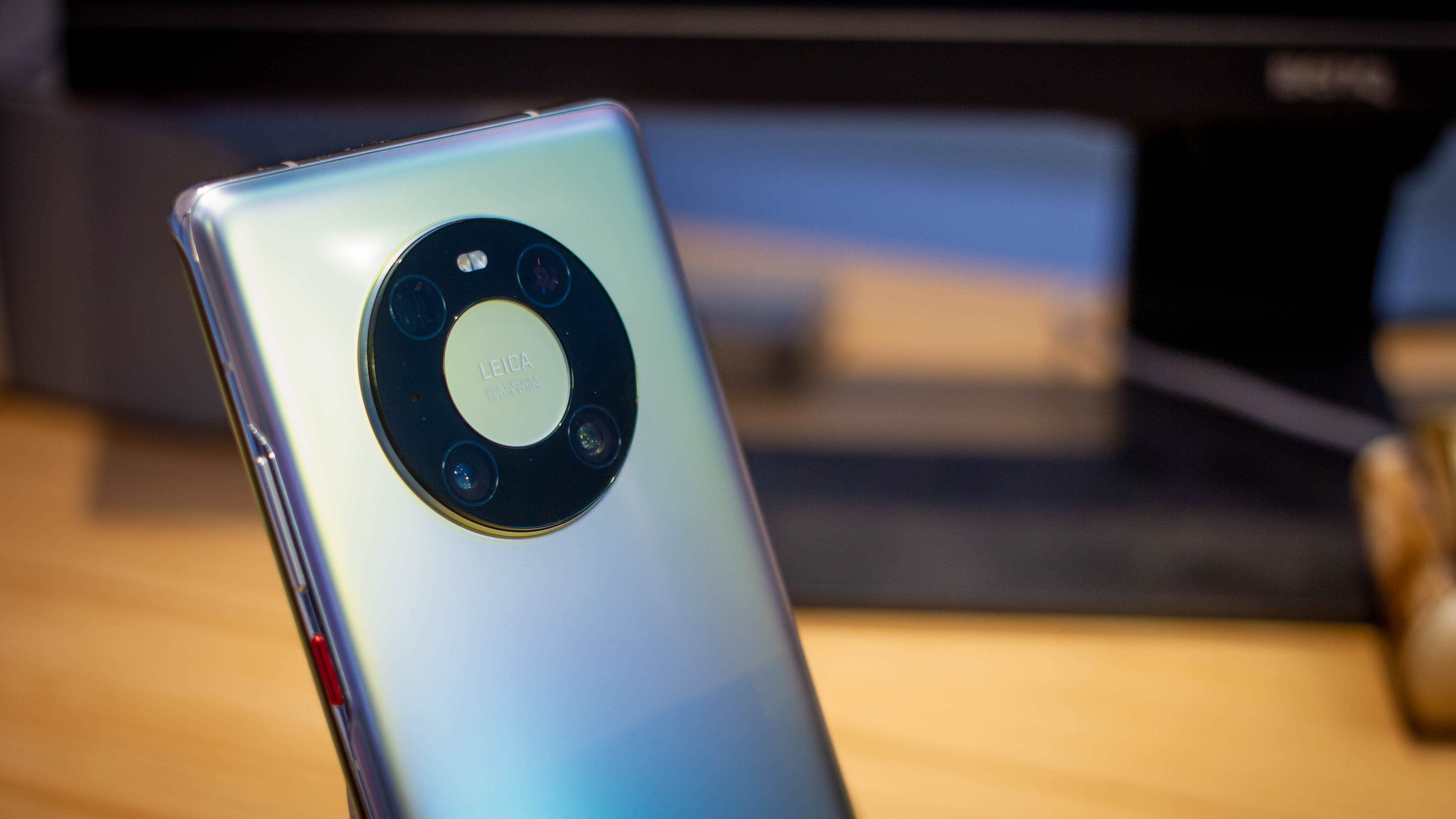
The Mate 40 Pro isn’t pulling any punches - its screen’s excellent, those stereo speakers are loud, and that camera system is competition-beating.
Despite the fact Huawei’s made incredible strides with its software (introducing Petal Search to make app downloads even easier) winning Google users over will likely be a Sisyphean effort.
That said, what Huawei has done is make a phone that feels special and is usable for anyone prepared to invest some time in recalibrating their mobile habits.
Comments
Post a Comment